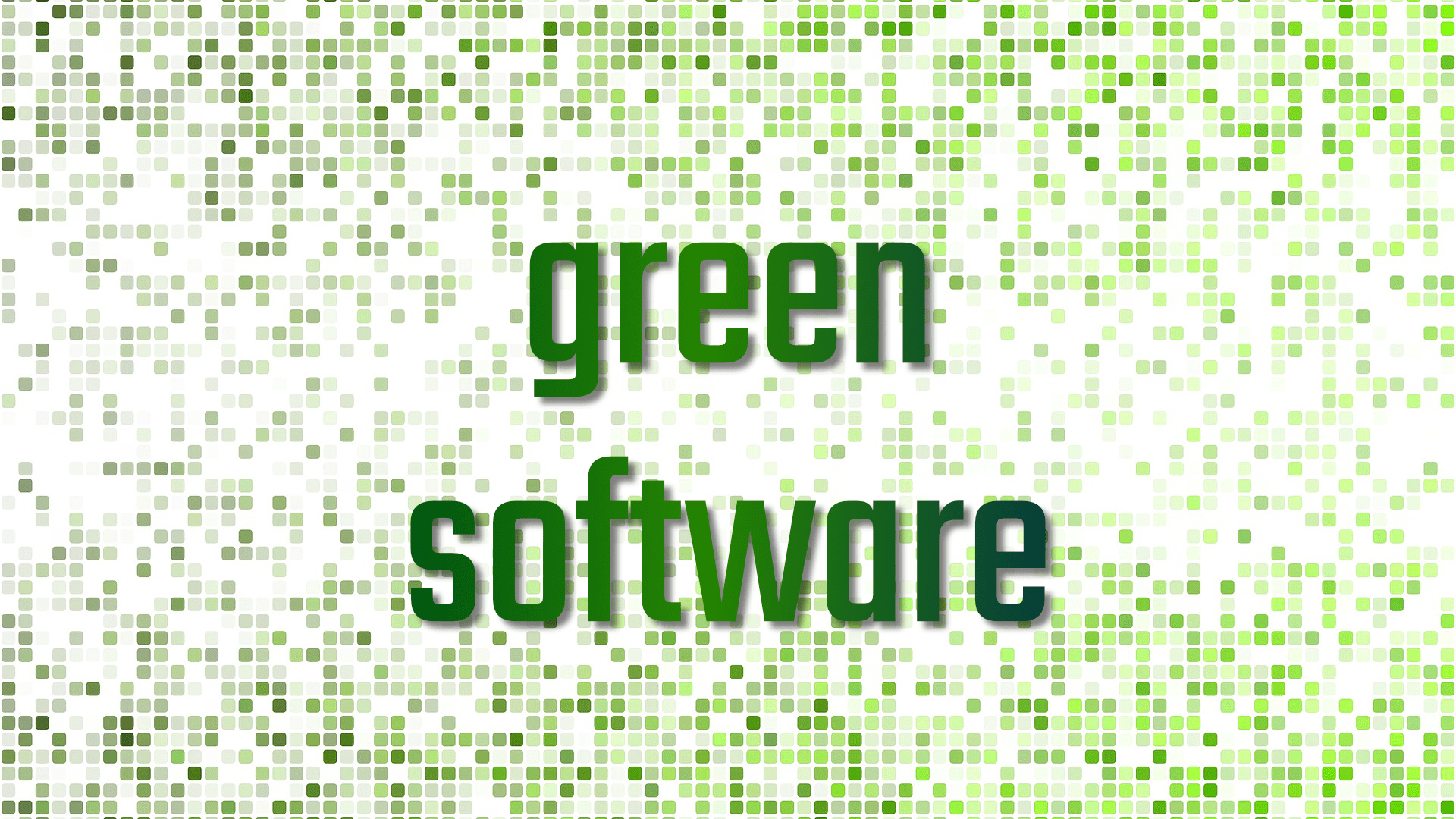How green is your software?
“greenness” of software depends on various factors, such as energy consumption, resource utilization, and carbon footprint.
Here are some ways to make software more environmentally friendly:
- Energy-efficient programming: Developers can write code that uses less energy by optimizing algorithms and reducing unnecessary computations.
- Cloud computing: Cloud service providers offer energy-efficient infrastructure and computing resources, allowing organizations to reduce their carbon footprint.
- Virtualization: Virtualization technology enables multiple applications to run on a single server, reducing the number of physical servers needed and saving energy.
- Use of renewable energy: Organizations can power their data centers and servers with renewable energy sources such as wind, solar, or hydroelectric power.
- Green software development practices: Adopting agile development methodologies, testing code for energy efficiency, and using code reviews can help reduce the energy consumption of software.
Overall, the greenness of software depends on how it’s developed, deployed, and maintained. By adopting energy-efficient practices, organizations can reduce their environmental impact and contribute to a more sustainable future.





